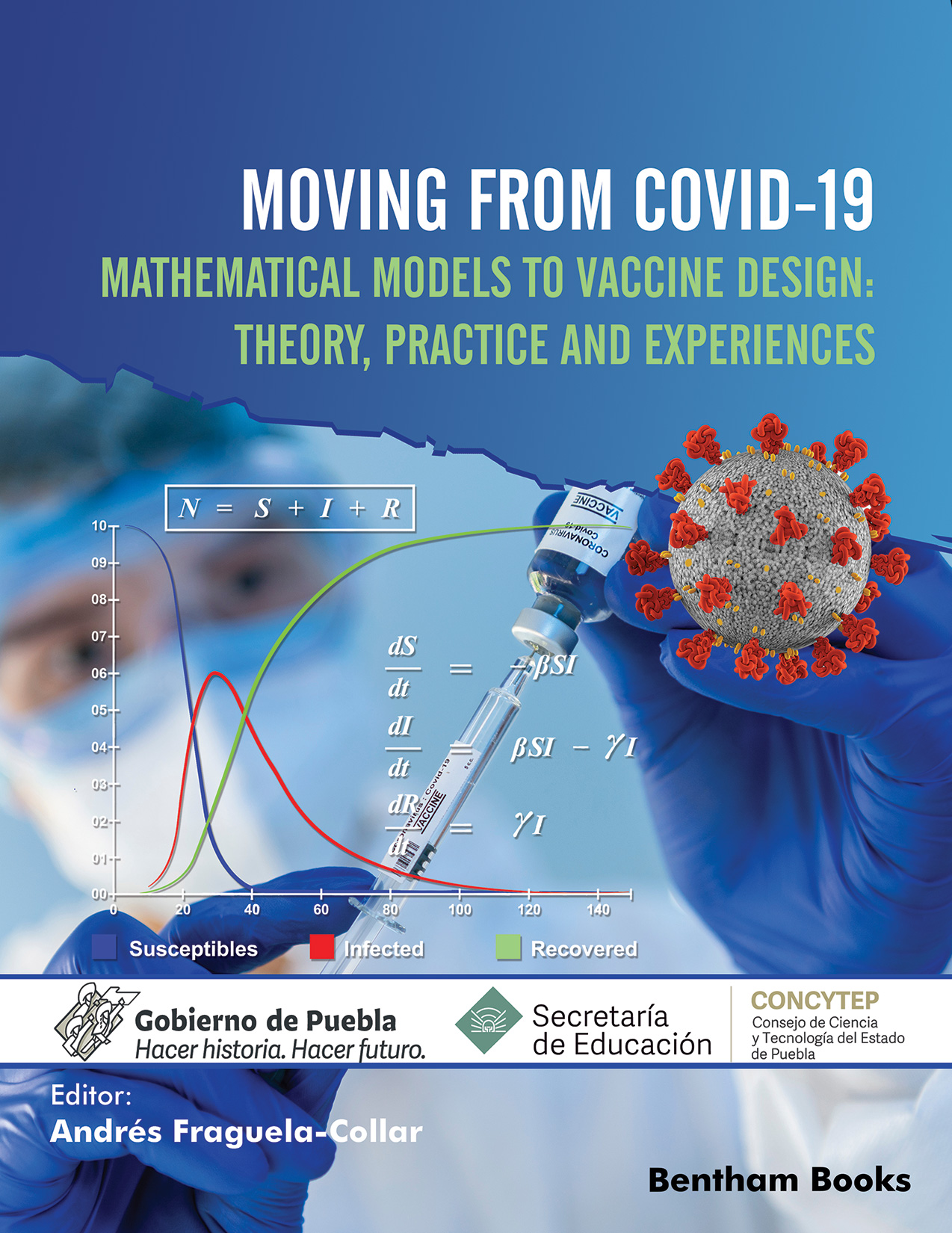The pandemic of COVID-19, caused by the SARS-CoV-2 virus (Severe Acute
Respiratory Syndrome Coronavirus 2), has shaken up our societies, with an
intensity and effects not suffered by humanity for a long time. To date, there have
been registered millions of deaths associated to COVID-19, and hundreds of
millions of confirmed cases all around the world. Moreover, this pandemic has
triggered not only a deep and global health crisis, but also an economic and social
(without mentioning psychological, educational, etc.) crisis like never seen before.
In order to endure and overcome this major tribulation, the different human
communities, guided by their respective administrations and governments, have
been put to the test in multiple and severe ways, under the direct effects of the
disease, and the performance of several therapeutical and non-pharmaceutical
interventions and mitigation measures. Among others, we could mention: the
severity of symptoms and disease evolution in serious and critical cases (including
assisted ventilation), and the long-term effects; the lack of effective treatments,
specially in the first stages; unstoppable death tolls and incidence rates, with
increasing numbers of hospitalizations that press and even saturate the health care
national systems; hygiene or sanitary measures (frequent hand washing, not
touching the face, the generalized use of disinfection products, the use of masks,
gloves, and glasses, etc.); the use of detection tests (as PCR); quarantines, home
isolation and confinements; the implementation of severe social distancing and
isolation measures (indeed curfews in some cases); mobility, travel, circulation
and gathering restrictions, and closure of borders; reduction or suspension of
nonessential activities, with loss of millions of jobs and increasing unemployment
rates; total or partial closure of colleges and universities and the unequal and
frequently improvised performance of on-line education; campaigns for tracing
possible cases; vaccination programs; the psychological effects on mental health
in the community; etc.
Hence, this picture entailed the scientific community to face to an unprecedented
challenge, in order to appropriately assess and advise health authorities and
decision-makers. Such a kind of complex phenomena appeals to multidisciplinary
and interdisciplinary groups of experts to take their part in order to reach a
comprehensive approach, able to deal with the many relevant and multifactorial
aspects of COVID-19, as illness and as pandemic. Of course, topics as the
epidemiological and clinical aspects of the disease are central, but not the unique
ones. Other matters require to be understood, as the SARS-CoV-2 virology, or the
COVID-19 pathophysiology and immunology; the study of temporal evolution of infected individuals and their contagiousness; the lack of preparedness of the
health care systems and the rapid reaction in Medicine research, including the
development and access to vaccines; the population heterogeneity and the effects
of mobility and human behavior in the spread of the disease; the role of health and
social inequities; etc.
In this context, the appearance of scientific works, which organize and summarize
a great part of the scientific job carried out, is of great value. In particular, if the
subject is approached from a comprehensive and multidisciplinary perspective,
considering the individual and collective levels, and their temporal and spatial
evolution, the biological, socioeconomic, technological aspects, etc., and its
consequences for the societies in which it occurs, as the current work does. In
addition, the case of this scientific work is especially interesting, since it
highlights the role that Mathematical and Computational Modeling can play
together with other related areas such as Data Science and Statistics, when dealing
with this type of multidisciplinary phenomenon, for which is an excellent
reference for researchers and decision makers on how to deal with this type of
problem.
Based on all that has been said above, I hope that this book will help researchers
and decision makers to better understand and evaluate the situations that can arise
in the context of a complex problem such as that caused by the COVID-19
pandemic and the way to face it.
Victoriano Gabriel Covarrubias Salvatori
Head of the Council of Science and Technology of the State of Puebla
Puebla, Mexico

